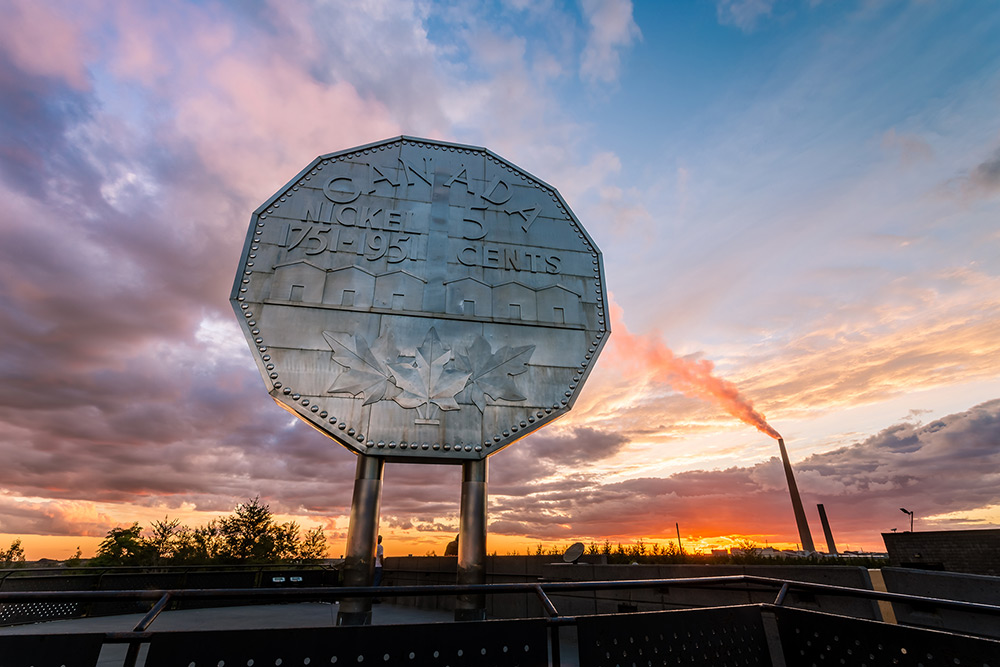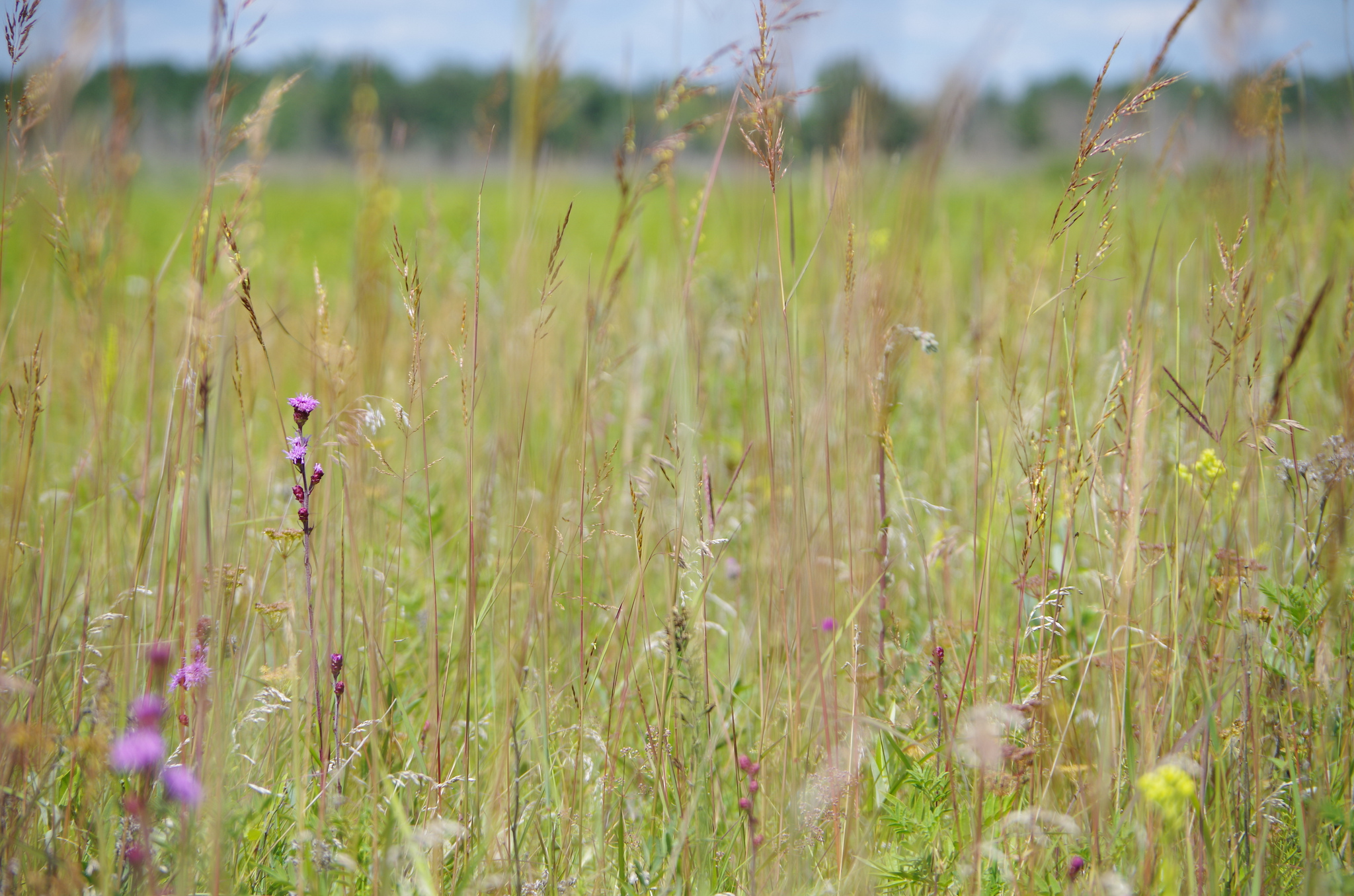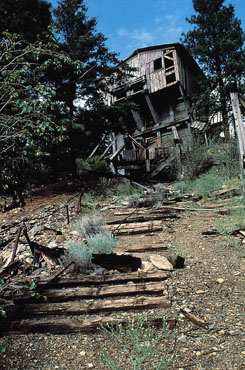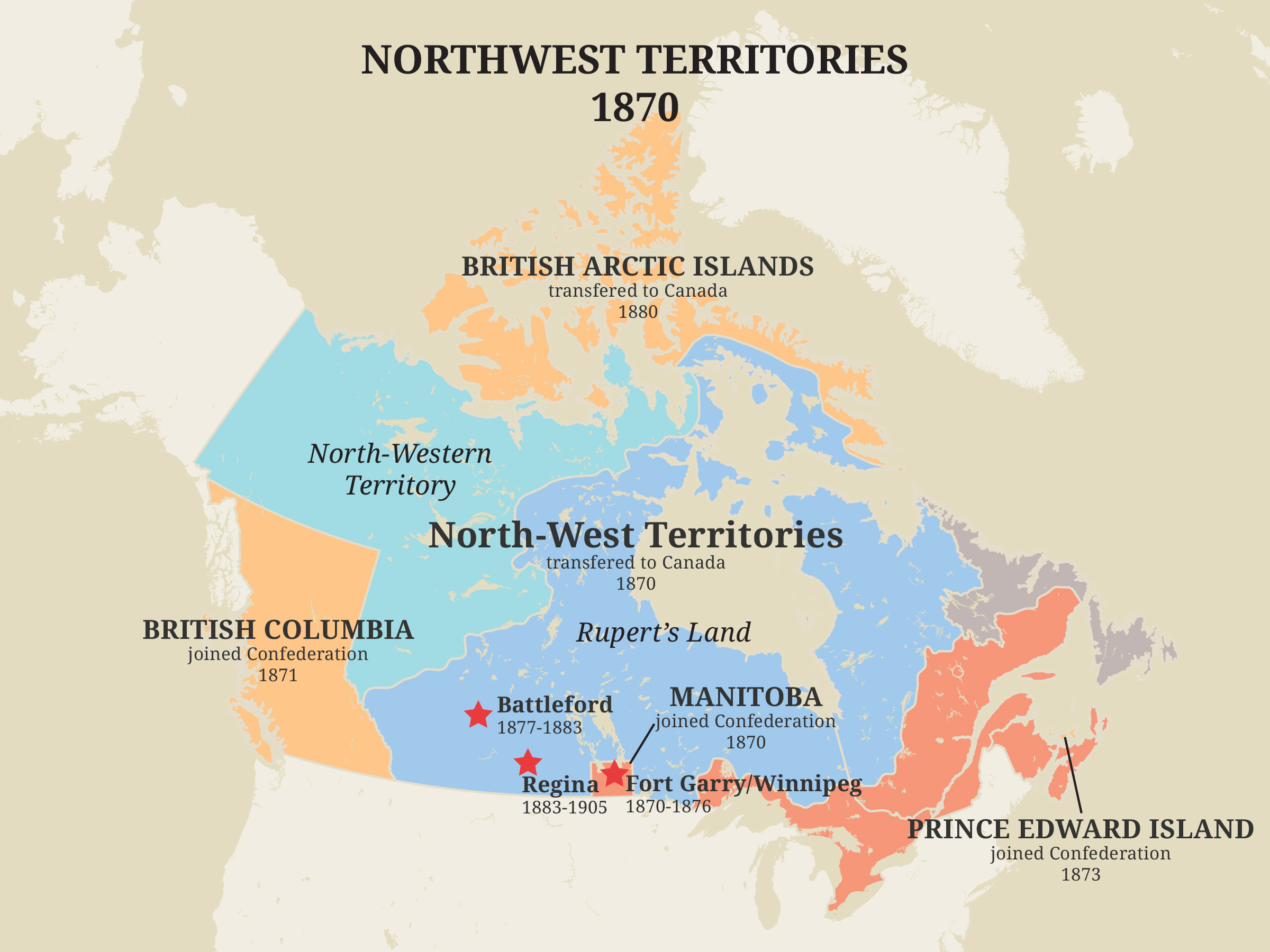Browse "Nature & Geography"
-
Article
Natural Resources in Manitoba
Canada is a resource rich country and different natural resources are found across the provinces and territories. Manitoba’s natural resources include agricultural land, minerals, water, fish and wildlife.
"https://d2ttikhf7xbzbs.cloudfront.net/media/media/ee4480f5-05e5-41fe-aa30-eb9cbf134135.jpg" // resources/views/front/categories/view.blade.php
https://d2ttikhf7xbzbs.cloudfront.net/media/media/ee4480f5-05e5-41fe-aa30-eb9cbf134135.jpg
-
Article
Natural Resources in Ontario
Canada is a resource rich country and different natural resources are found across the provinces and territories. Ontario is the largest market for resource-based goods and services in Canada (see Economy). With the important exception of fossil fuels, it has large stocks of renewable and non-renewable resources, which include agricultural land, forests, water, and minerals.
"https://d2ttikhf7xbzbs.cloudfront.net/media/media/3aa0a85d-0d22-4709-9c22-dda8d321f96e.jpg" // resources/views/front/categories/view.blade.php
https://d2ttikhf7xbzbs.cloudfront.net/media/media/3aa0a85d-0d22-4709-9c22-dda8d321f96e.jpg
-
Article
Natural Resources in Quebec
Most of Quebec lies on the Canadian Shield, where there are many rich renewable resources. Quebec’s natural resources include forests, water, minerals, agricultural land, rivers, lakes, fish and wildlife. These natural resources contribute towards the economy of Quebec.
"https://d2ttikhf7xbzbs.cloudfront.net/media/new_article_images/NaturalResources/La_Grande_1.jpg" // resources/views/front/categories/view.blade.php
https://d2ttikhf7xbzbs.cloudfront.net/media/new_article_images/NaturalResources/La_Grande_1.jpg
-
Article
Natural Resources in Saskatchewan
Canada is a resource rich country with different natural resources found across the provinces and territories. Saskatchewan’s natural resources include agricultural land, forests, minerals, oil, fish and wildlife. Natural resources contribute towards the economies of Saskatchewan and Canada.
"https://d2ttikhf7xbzbs.cloudfront.net/media/new_article_images/NaturalResources/Saskatchewan_wheat_fields.jpg" // resources/views/front/categories/view.blade.php
https://d2ttikhf7xbzbs.cloudfront.net/media/new_article_images/NaturalResources/Saskatchewan_wheat_fields.jpg
-
Article
Natural Resources in the Atlantic Provinces
The Atlantic provinces include Nova Scotia, New Brunswick, Prince Edward Island and Newfoundland and Labrador. The natural resources of the Atlantic provinces include fish and crustaceans, forests, water, minerals, fossil fuels and agricultural land.
"https://d2ttikhf7xbzbs.cloudfront.net/media/media/2280041c-0f68-4bff-b9af-57d165727396.jpg" // resources/views/front/categories/view.blade.php
https://d2ttikhf7xbzbs.cloudfront.net/media/media/2280041c-0f68-4bff-b9af-57d165727396.jpg
-
Article
Natural Resources in the Territories
The natural resources of Yukon, the Northwest Territories and Nunavut include wildlife, freshwater, minerals, oil and gas. Yukon and the Northwest territories also have vast forests. Through sustainable management, these resources can drive economic growth in the North. (See also Sustainability in Canada; Economy.)
"https://d2ttikhf7xbzbs.cloudfront.net/media/media/b0be7080-64dd-42a1-b455-dcf920df8bfa.jpg" // resources/views/front/categories/view.blade.php
https://d2ttikhf7xbzbs.cloudfront.net/media/media/b0be7080-64dd-42a1-b455-dcf920df8bfa.jpg
-
Article
Nature Conservancy of Canada
The Nature Conservancy of Canada (NCC) is the largest land conservation charity in Canada. Since 1962, NCC has helped to protect more than 160,000 km2 of land and water across the country. Its mission is to partner with individual donors, corporations, non-profits and governments to purchase and protect areas rich in species diversity (see Biodiversity). The charity and its partners achieve this goal by working with local communities to identify habitat and species in need of protection, and by implementing the best evidence-based conservation science available. As of June 2019, the NCC has conserved habitat across Canada for 34 per cent of Canada’s species at risk. (See also Endangered Animals in Canada.)
"https://d2ttikhf7xbzbs.cloudfront.net/media/media/867f193d-c63a-4822-a3e7-c0a38fa063cb.jpg" // resources/views/front/categories/view.blade.php
https://d2ttikhf7xbzbs.cloudfront.net/media/media/867f193d-c63a-4822-a3e7-c0a38fa063cb.jpg
-
Article
Nematoda
Nematoda are a phylum of unsegmented, cylindrical worms; approximately 30 000 species are known.
"https://d2ttikhf7xbzbs.cloudfront.net/media/media/e2c984dd-2472-47a7-bf74-ba5a722f3708.jpg" // resources/views/front/categories/view.blade.php
https://d2ttikhf7xbzbs.cloudfront.net/media/media/e2c984dd-2472-47a7-bf74-ba5a722f3708.jpg
-
Article
Nepheline Syenite
Nepheline syenite is a white to light grey medium-grained IGNEOUS ROCK. It consists mostly of soda feldspar, nepheline and potash feldspar, accessory magnesium and iron-rich minerals.
"https://development.thecanadianencyclopedia.ca/images/tce_placeholder.jpg?v=e9dca980c9bdb3aa11e832e7ea94f5d9" // resources/views/front/categories/view.blade.php
https://development.thecanadianencyclopedia.ca/images/tce_placeholder.jpg?v=e9dca980c9bdb3aa11e832e7ea94f5d9
-
Article
Nickel
The major contemporary use for nickel is as an alloying agent. Nickel is present in some 3000 different alloys that are used in more than 250 000 end-use applications. The most popular alloy in which nickel is used is stainless steel (seeIRON AND STEEL INDUSTRY).
"https://d2ttikhf7xbzbs.cloudfront.net/media/media/cfafc49e-d0f9-4512-ab8e-9ccdab8fbada.jpg" // resources/views/front/categories/view.blade.php
https://d2ttikhf7xbzbs.cloudfront.net/media/media/cfafc49e-d0f9-4512-ab8e-9ccdab8fbada.jpg
-
"https://d2ttikhf7xbzbs.cloudfront.net/media/media/89355fbd-99ec-4653-923b-3b37f428e3b9.jpg" // resources/views/front/categories/view.blade.php
https://d2ttikhf7xbzbs.cloudfront.net/media/media/89355fbd-99ec-4653-923b-3b37f428e3b9.jpg
-
Article
Nightshade
Eight species of Solanum occur in Canada, of which only S. carolinense (horse or ball nettle), found in southern Ontario, is native. The most familiar nightshade found across Canada is S. dulcamara (climbing nightshade or European bittersweet).
"https://development.thecanadianencyclopedia.ca/images/tce_placeholder.jpg?v=e9dca980c9bdb3aa11e832e7ea94f5d9" // resources/views/front/categories/view.blade.php
https://development.thecanadianencyclopedia.ca/images/tce_placeholder.jpg?v=e9dca980c9bdb3aa11e832e7ea94f5d9
-
Article
North American Racer
The North American racer (Coluber constrictor) is a non-venomous snake that is native to North America. It has an extensive geographic range that extends from southern Canada south throughout most of the United States, parts of Mexico and into Guatemala and Belize. Eleven subspecies are recognized across this species’ range, three of which are found in Canada: the blue racer (Coluber constrictor foxii; ON), the Eastern yellow-bellied racer (Coluber constrictor flaviventris; SK, AB) and the Western yellow-bellied racer (Coluber constrictor Mormon; BC). (See also Snake Species in Canada.)
"https://d2ttikhf7xbzbs.cloudfront.net/NorthAmericanRacer/BlueRacer.jpg" // resources/views/front/categories/view.blade.php
https://d2ttikhf7xbzbs.cloudfront.net/NorthAmericanRacer/BlueRacer.jpg
-
Article
North-West Territories (1870–1905)
The North-West Territories was the first Canadian territory. It was Established on 15 July 1870. As a territory, the region became part of Canada. But it lacked the population, economic and infrastructure resources to attain provincial status. It thus fell under the jurisdiction of the federal government. It covered a vast area, stretching west from a disputed boundary with Labrador, across the northern portions of present-day Quebec and Ontario, through the Prairies to British Columbia, and north from the 49th parallel to the Arctic Ocean. The territory was subject to numerous boundary changes before 1905. At that time, the provinces of Saskatchewan and Alberta were carved out of the southwest portion of the region. In 1906, the remaining territory was renamed the Northwest Territories.
"https://d2ttikhf7xbzbs.cloudfront.net/media/media/1ca2e02a-e2e8-4709-acee-5581d6051d5c.jpg" // resources/views/front/categories/view.blade.php
https://d2ttikhf7xbzbs.cloudfront.net/media/media/1ca2e02a-e2e8-4709-acee-5581d6051d5c.jpg
-
Article
Northern Fulmar
The northern fulmar (Fulmarus glacialis, family Procellariidae, order Procellariiformes), medium-sized, tube-nosed seabird, about 50 cm long, related to the albatrosses.
"https://d2ttikhf7xbzbs.cloudfront.net/media/media/0efa0da6-8567-48ba-8de5-865502705a53.jpg" // resources/views/front/categories/view.blade.php
https://d2ttikhf7xbzbs.cloudfront.net/media/media/0efa0da6-8567-48ba-8de5-865502705a53.jpg
